Ruweiha رويحة

Ruweiha (رويحة) is characterized by an interesting combination of Roman and Byzantine remains that include numerous tombs of varying architectural styles, two large churches, and several villas built on a very large scale. The site is one of the more unique and impressive sites in the Jebel al-Zawiyeh (جبل الزاوية) and Jebel Riha (جبل ريحا) region. Most of the town dates from the fifth and sixth centuries, though several tombs were constructed in the late Roman period.
If approaching the site from the southeast, you’ll first come upon the necropolis which contains several underground tombs, some with columned entryways. Further on is a Roman temple tomb, dated by inscription to 384. The portico includes two columns with Doric capitals and an enclosed burial chamber behind. Continuing west on this main road, to the southwestern corner of the site, you will find a church that dates to the fifth century. It is a columned basilica built in a severe style. The church compound to the south includes the remains of a strange structure perched on eight columns. This may have been a tower to house a recluse. The agora, in the center of the main cluster of ruins, was constructed on an large scale for a rural setting and was surrounded by a two story portico. There are several villas surrounding the agora, some of which were constructed on an exceptionally large scale.
North of the agora is the impressive Church of Bissos, named after its sixth century benefactor. This is the largest church in Jebel Riha (جبل ريحا), and said by archaeologist Howard Crosby Butler to be the second largest in the limestone country of northern Syria. It is clearly a notable architectural milestone with its bold use of two high transverse arches spanning the central nave, something not found in Europe until several centuries later. At the entrance, the use of horseshoe-shaped arches above the two flanking doorways anticipates later Arab use of this device. The central arch of the narthex is more traditional, and two towers rise above the outer doorways. The use of ornamentation is restrained, as are most of the churches in the Jebel al-Zawiyeh (جبل الزاوية) and Jebel Riha (جبل ريحا) region.
The church is flanked by two tombs, the one with a dome being in honor of Bissos himself. Butler emphasizes the unique status of this stone-cut dome, the only extant example in Syria, foreshadowing later Muslim domed saints’ tombs which employ this basic design. Left of the door on the west facade, the inscription reads: “Bizzos (son) of Pardos. I lived worthily, I died worthily and rest worthily. Pray for me.” This is the only tomb of a church founder recorded in the limestone massif, and it is possible that Bizzos was a local priest or bishop. The second tomb (unattributed) in the form of a small but not very graceful Greek temple stands symmetrically on the north side of the church. The church compound is surrounded by a walled enclosure.
Despite the historic and architectural significance of the site, there is reason to avoid visiting Ruweiha (رويحة). Some villagers have settled amongst the ruins, and they tend not to be entirely welcoming of visitors. They keep numerous dogs around the site, and there have been reports of travelers being bitten. Exercise caution if visiting Ruweiha (رويحة), and preferably do so in a group.
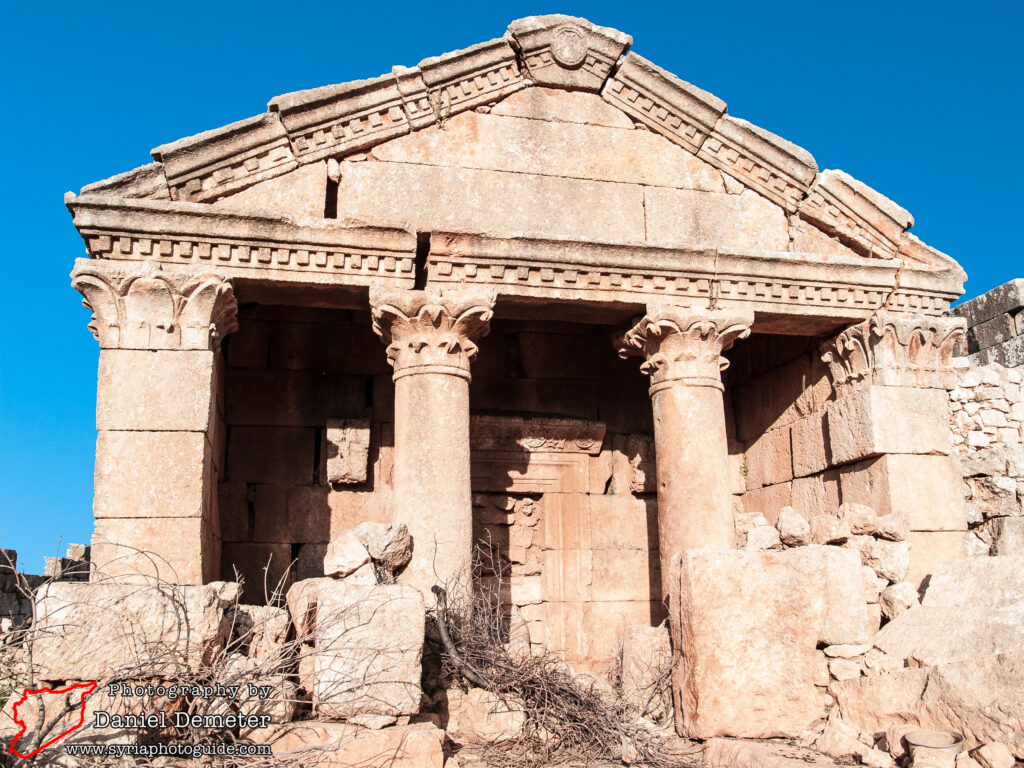
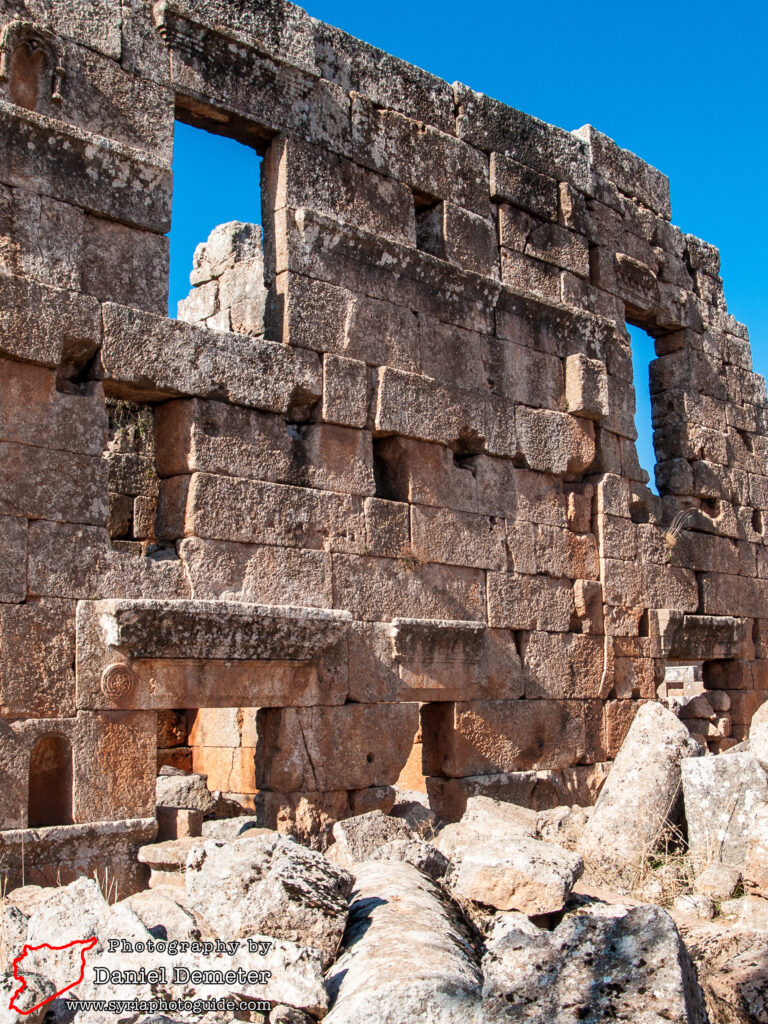
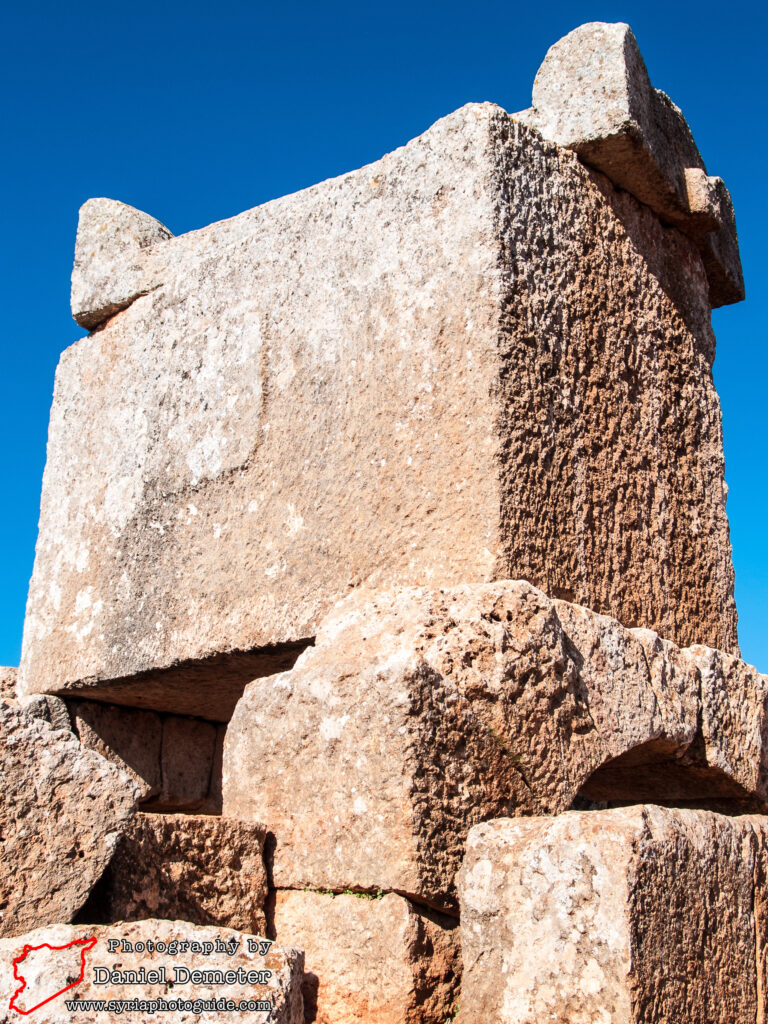
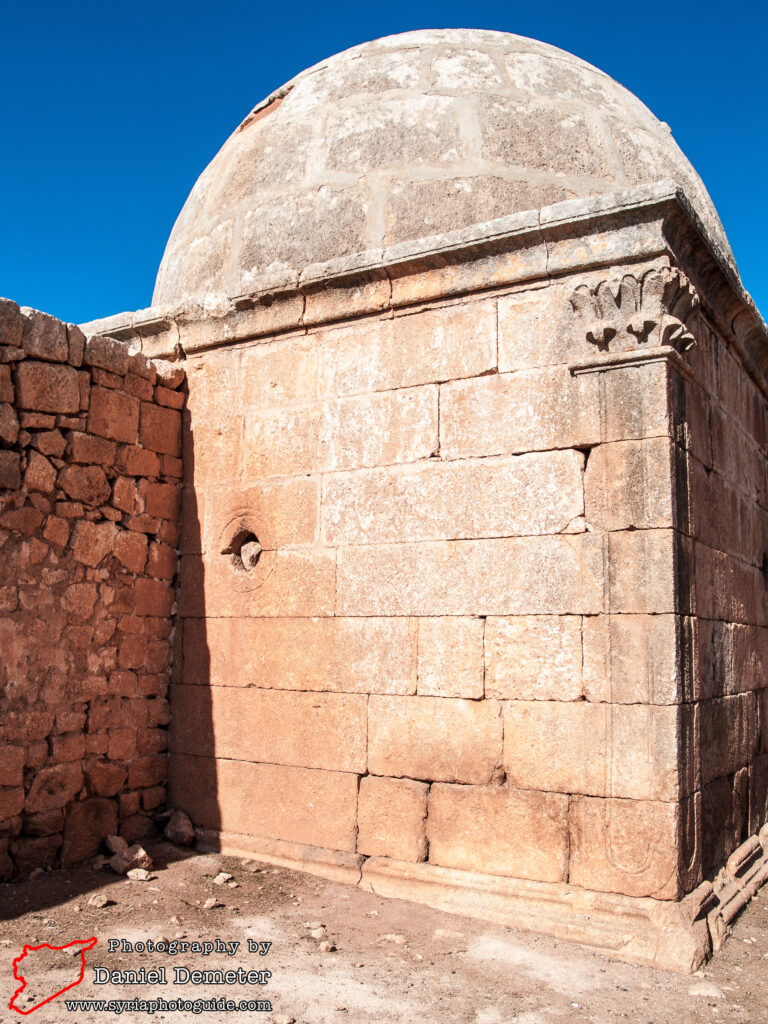
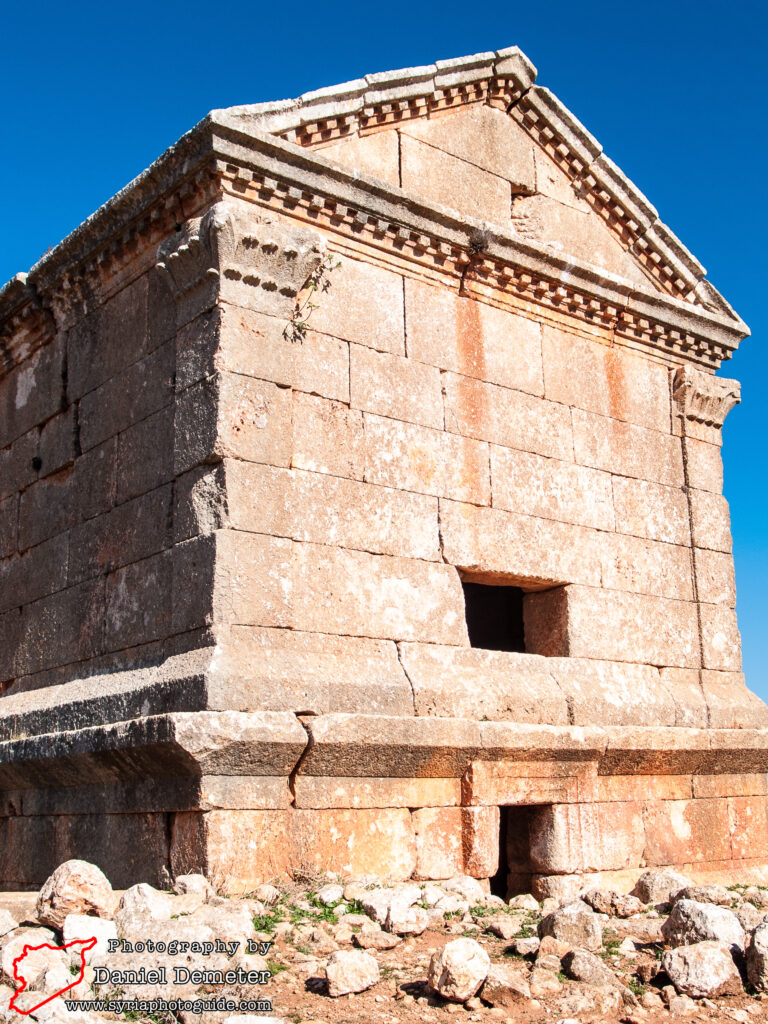
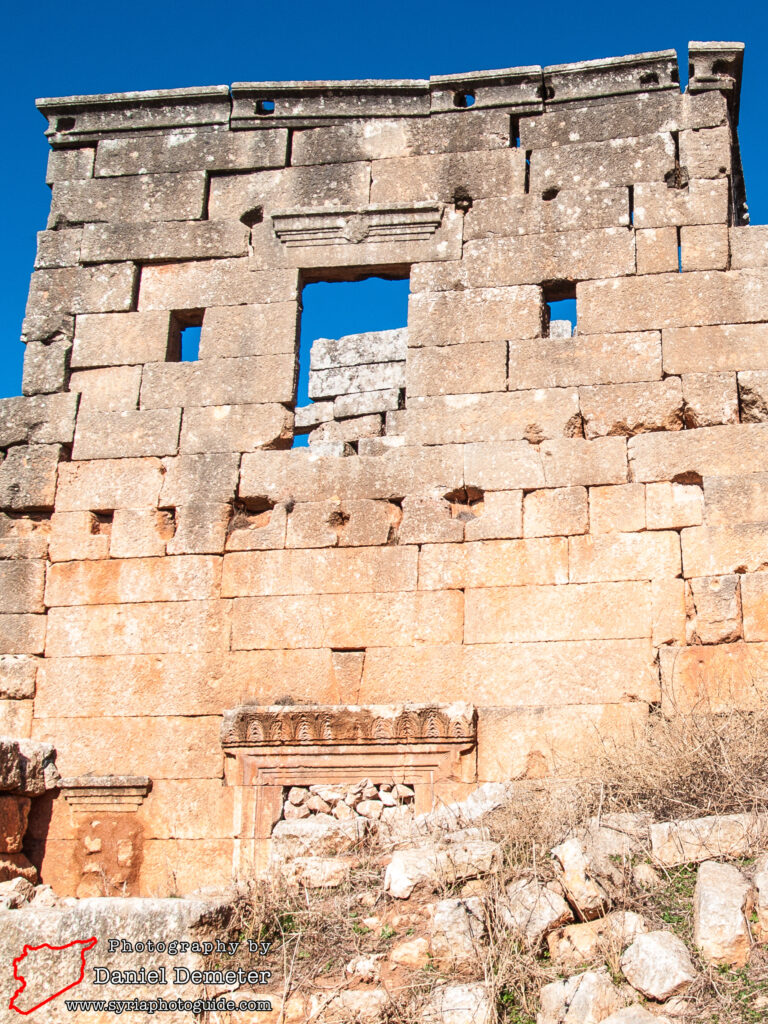
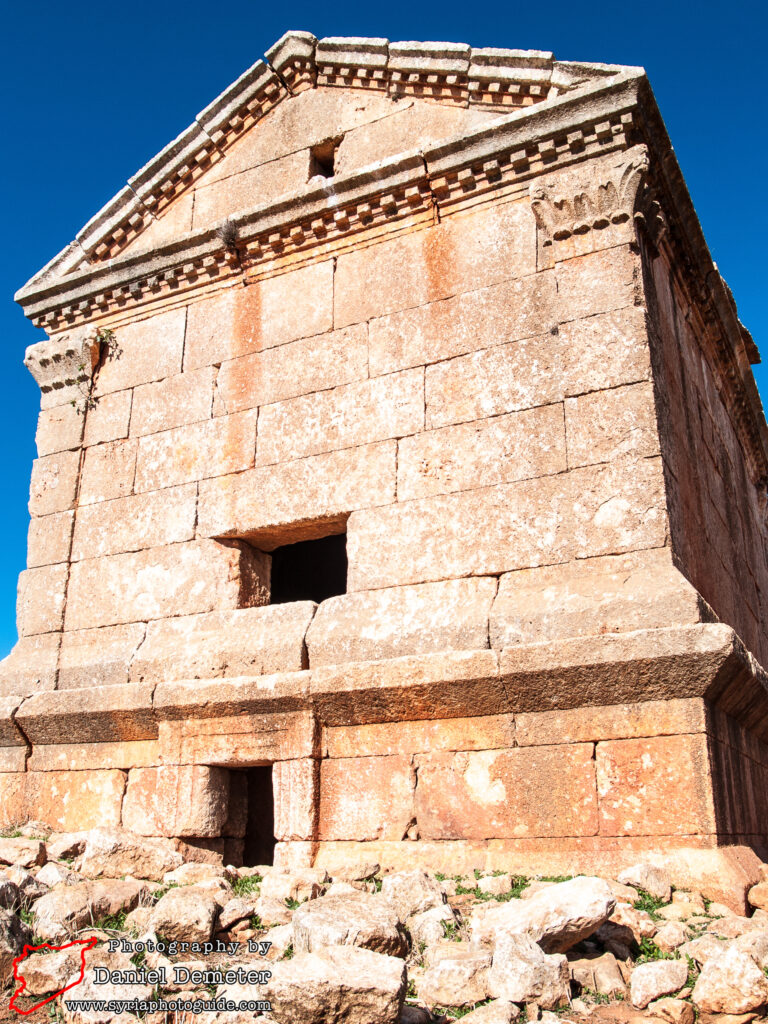

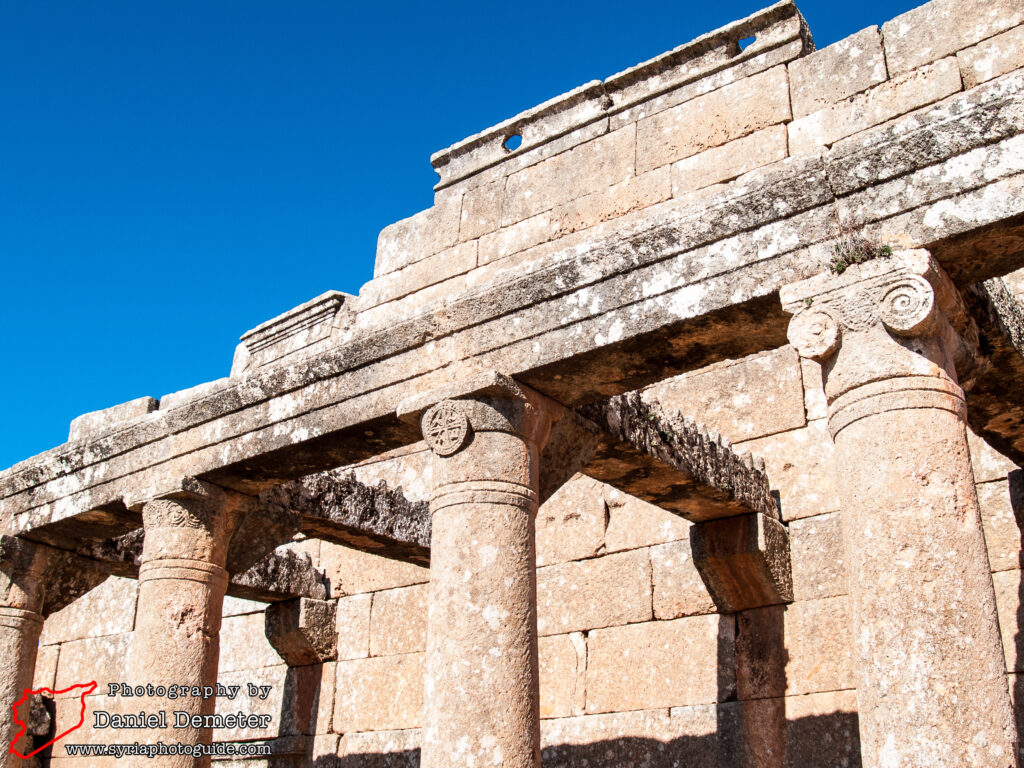
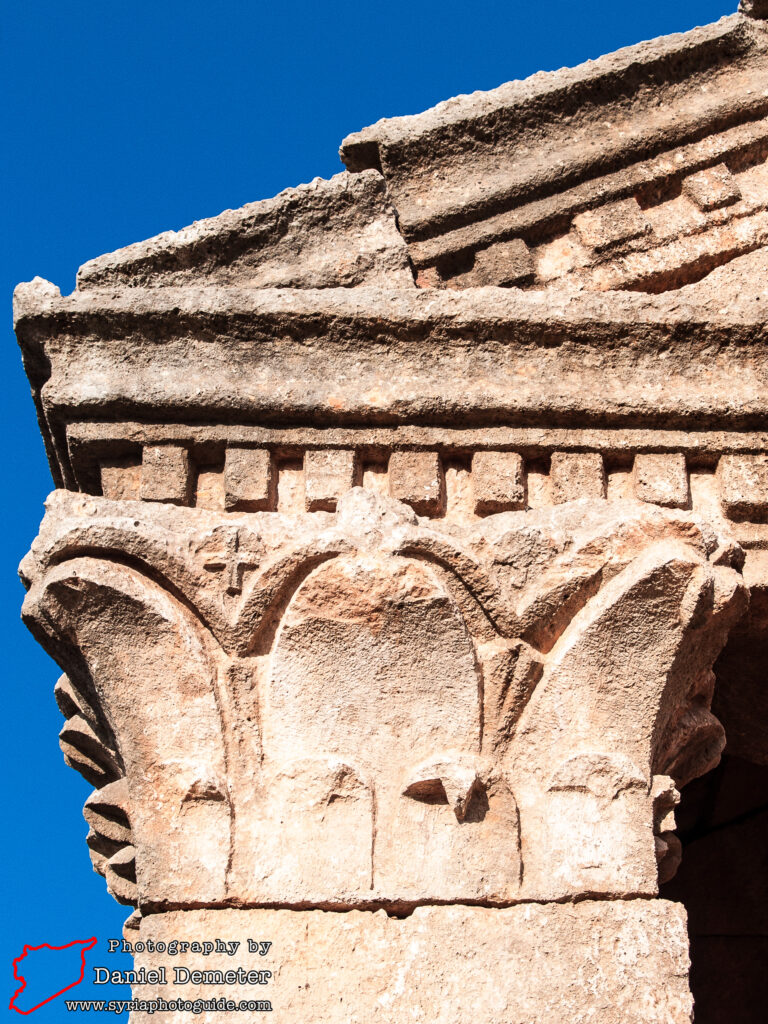
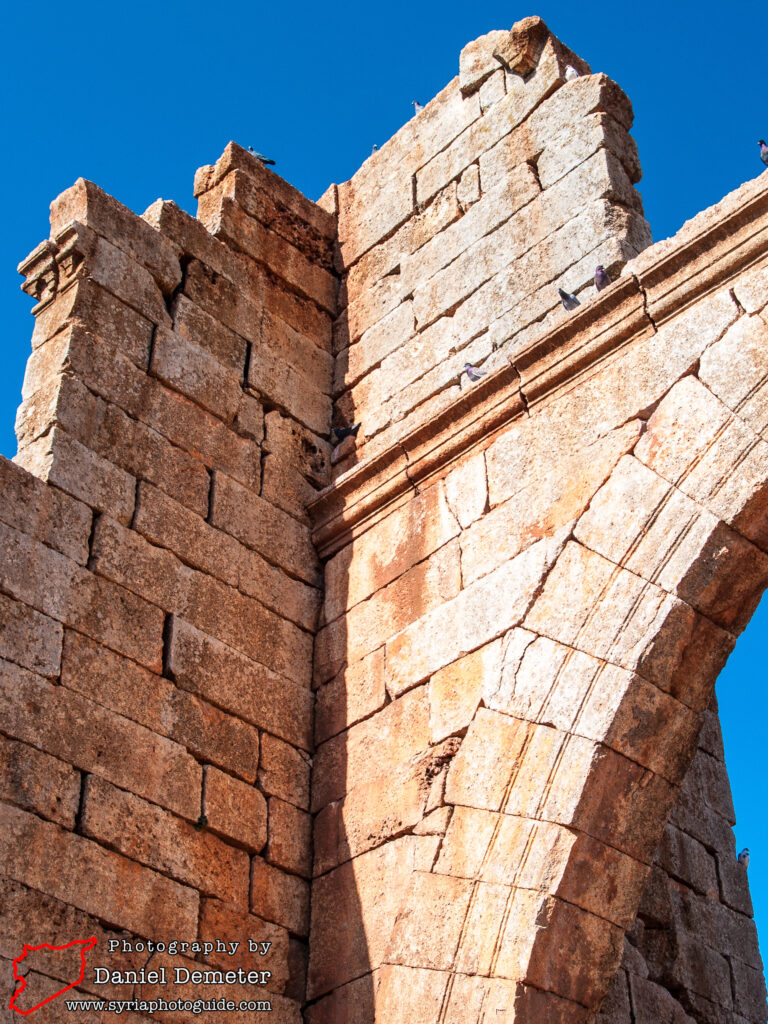
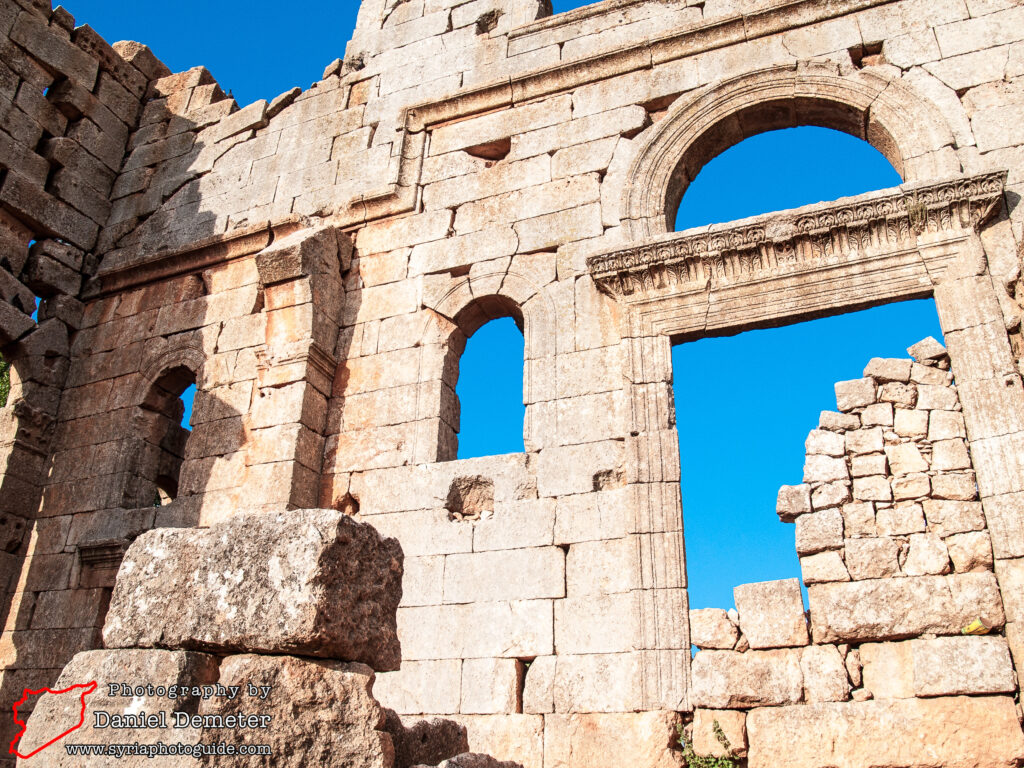
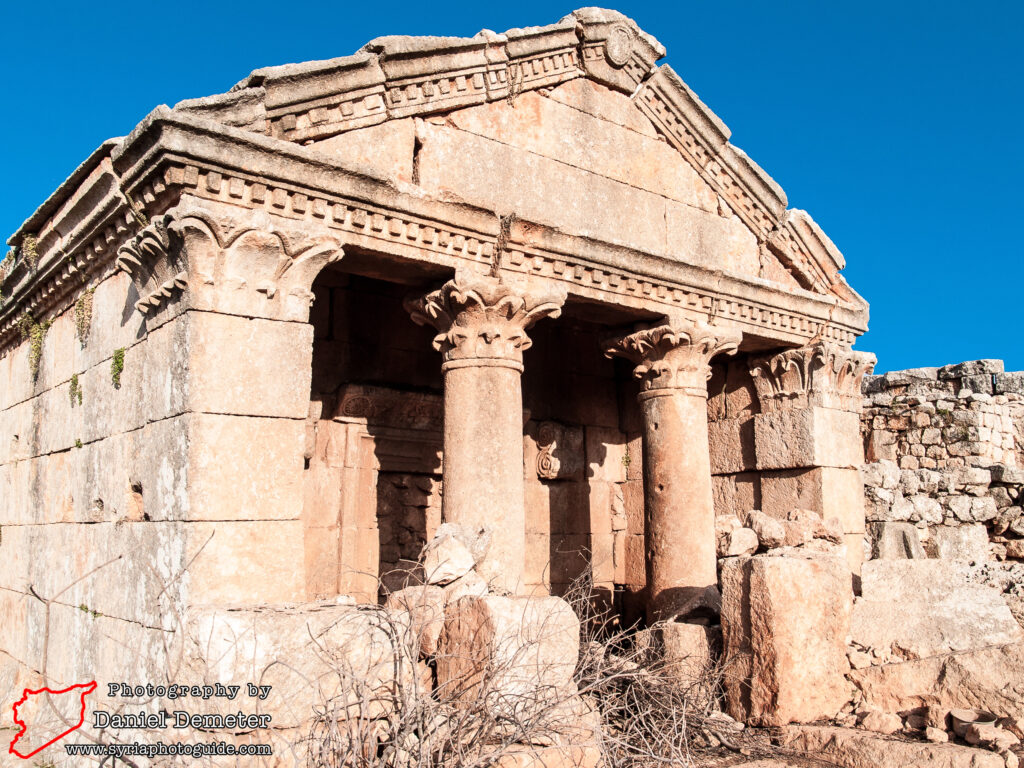
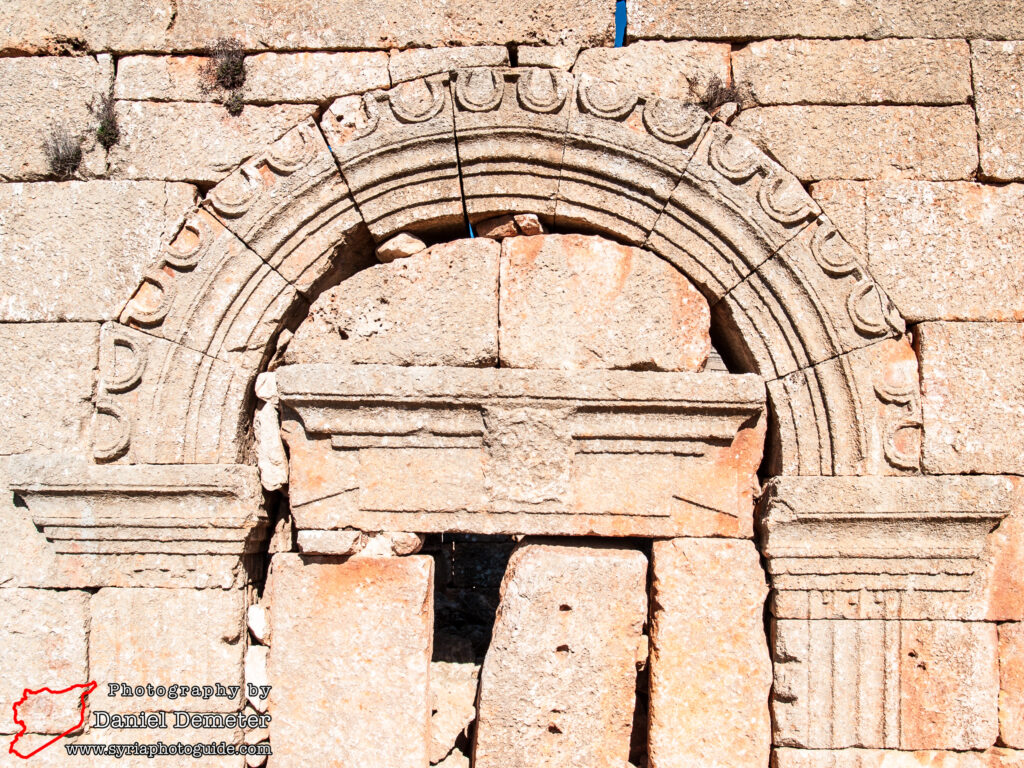
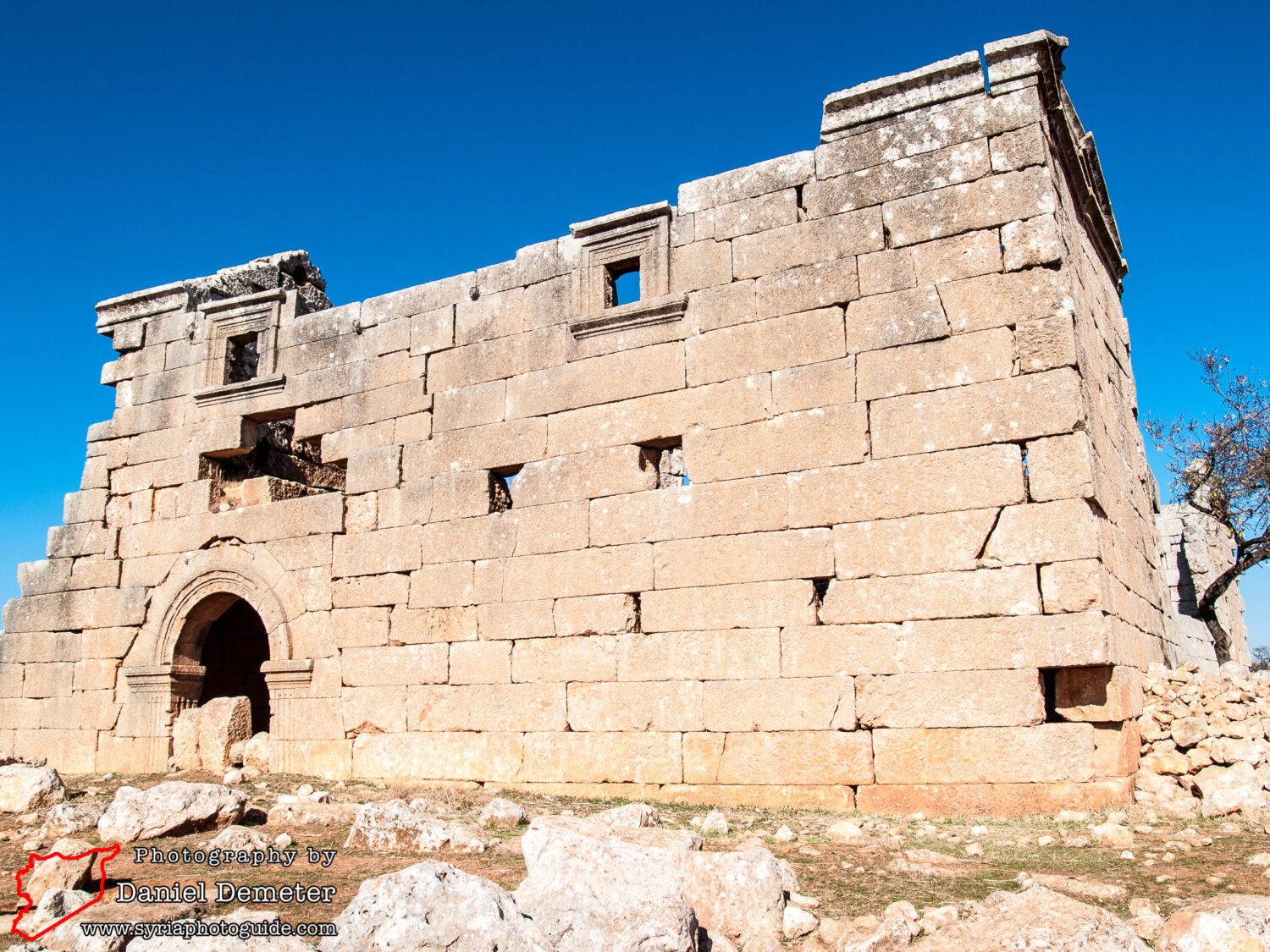
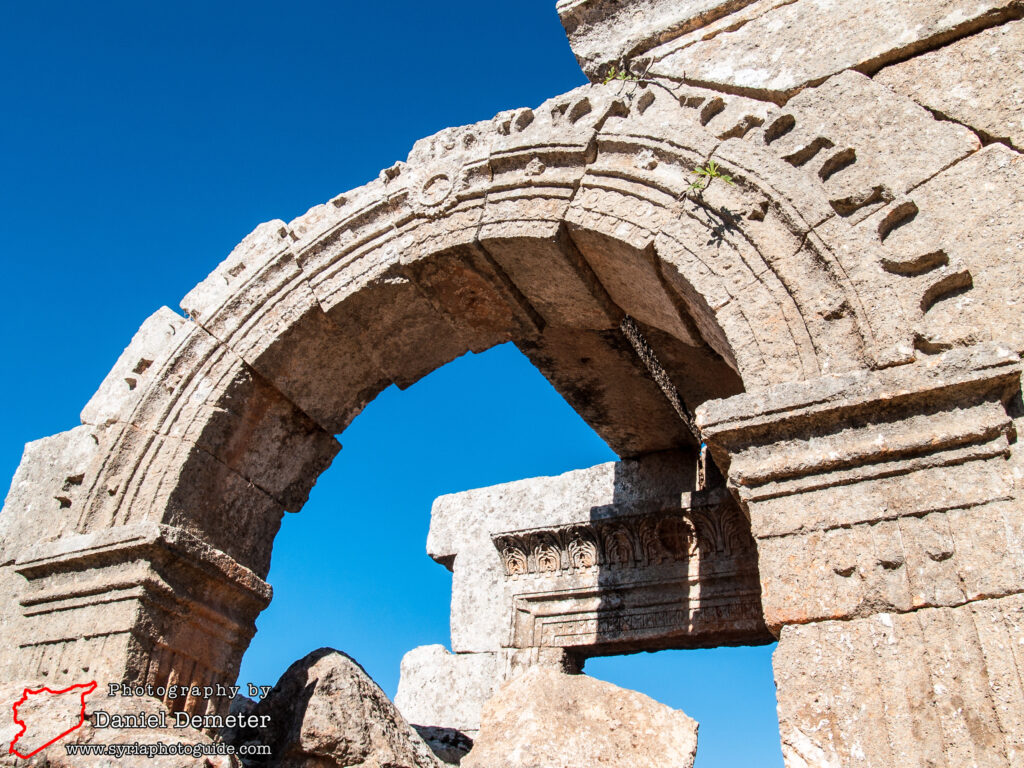
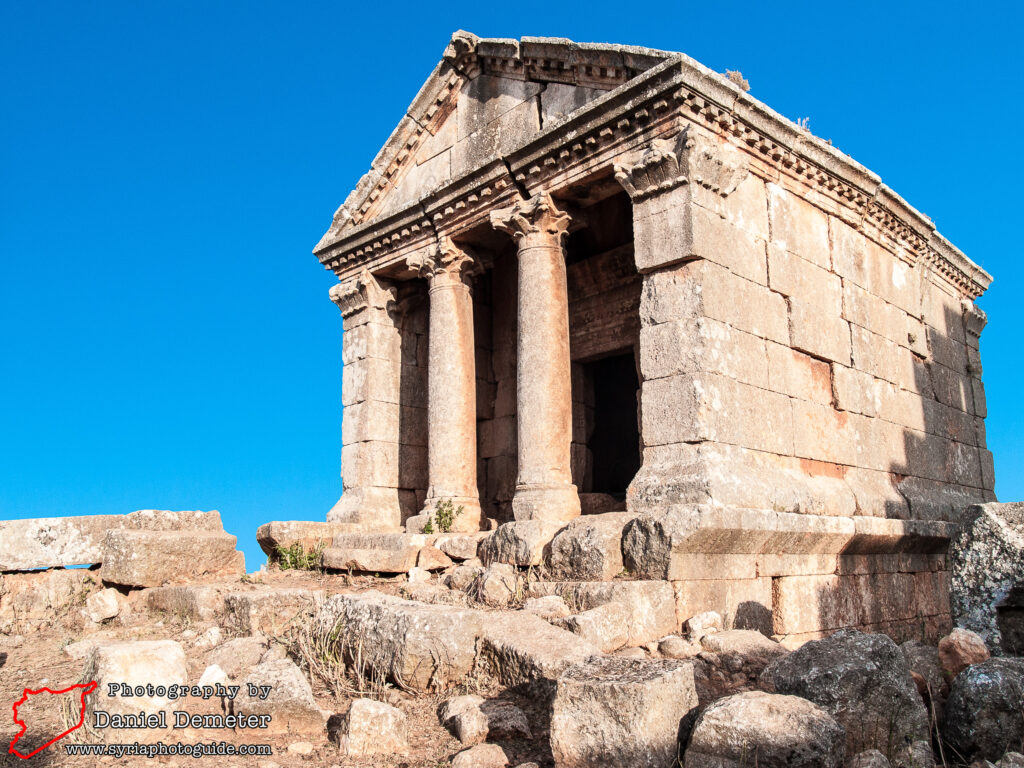
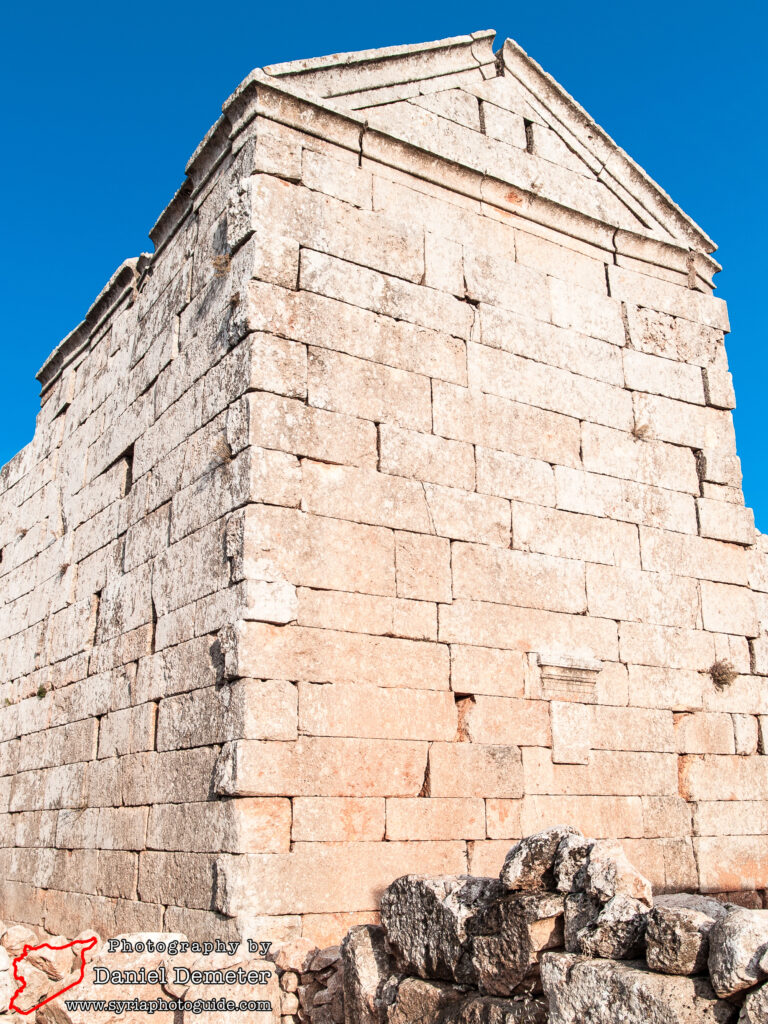
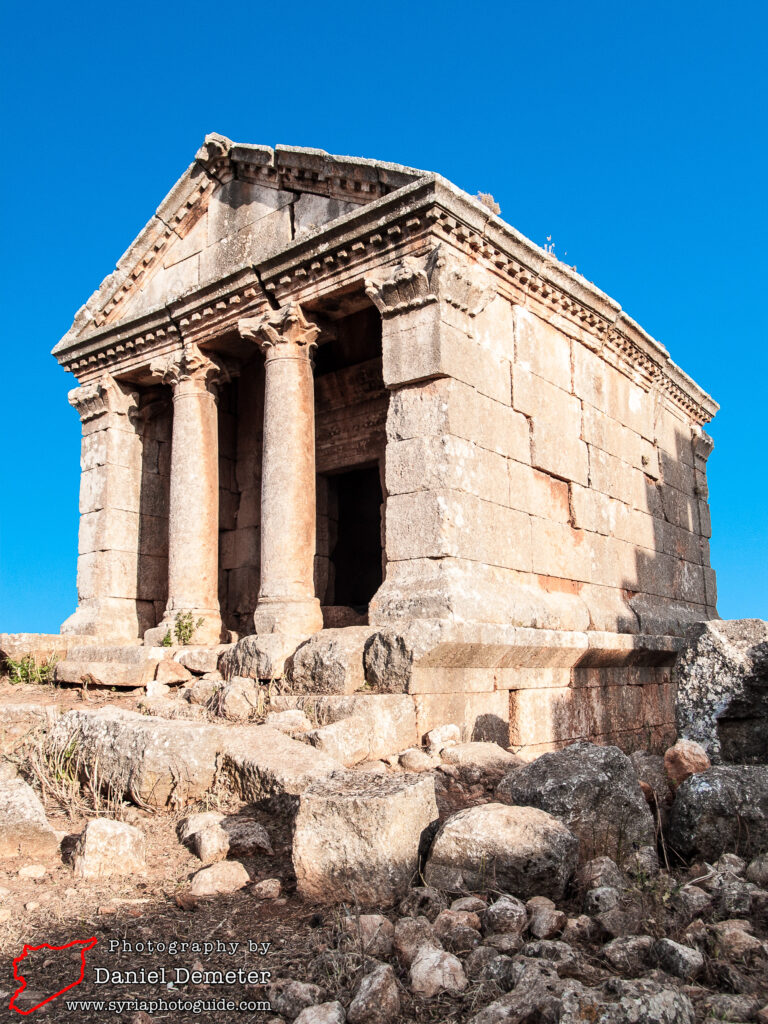
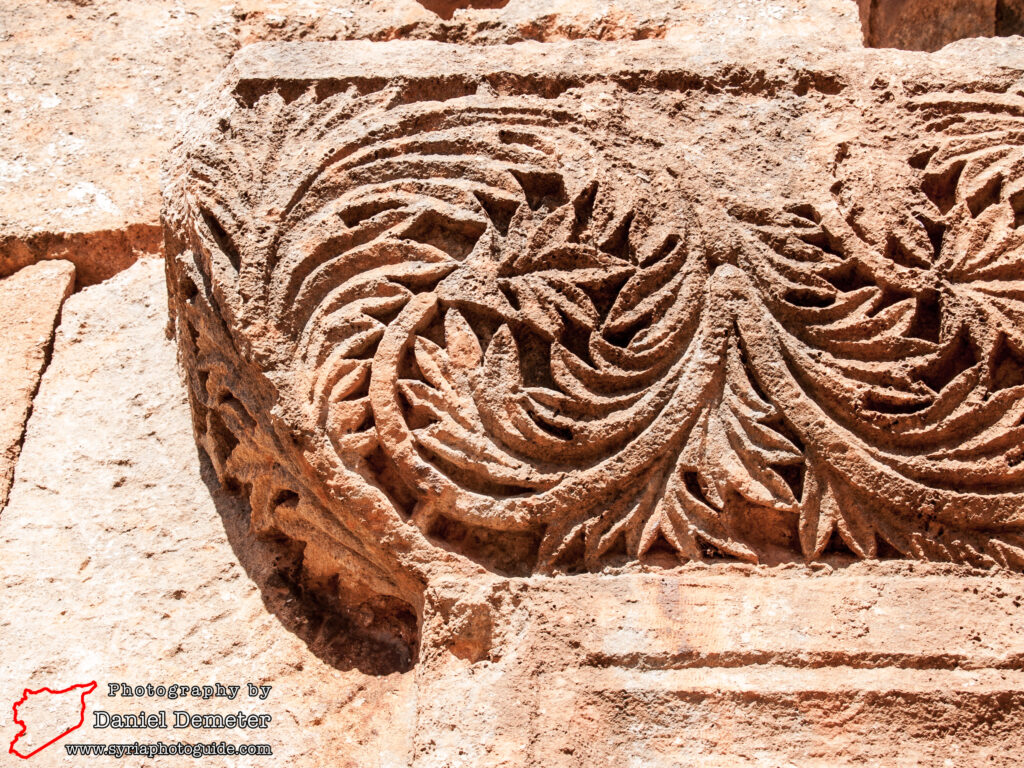

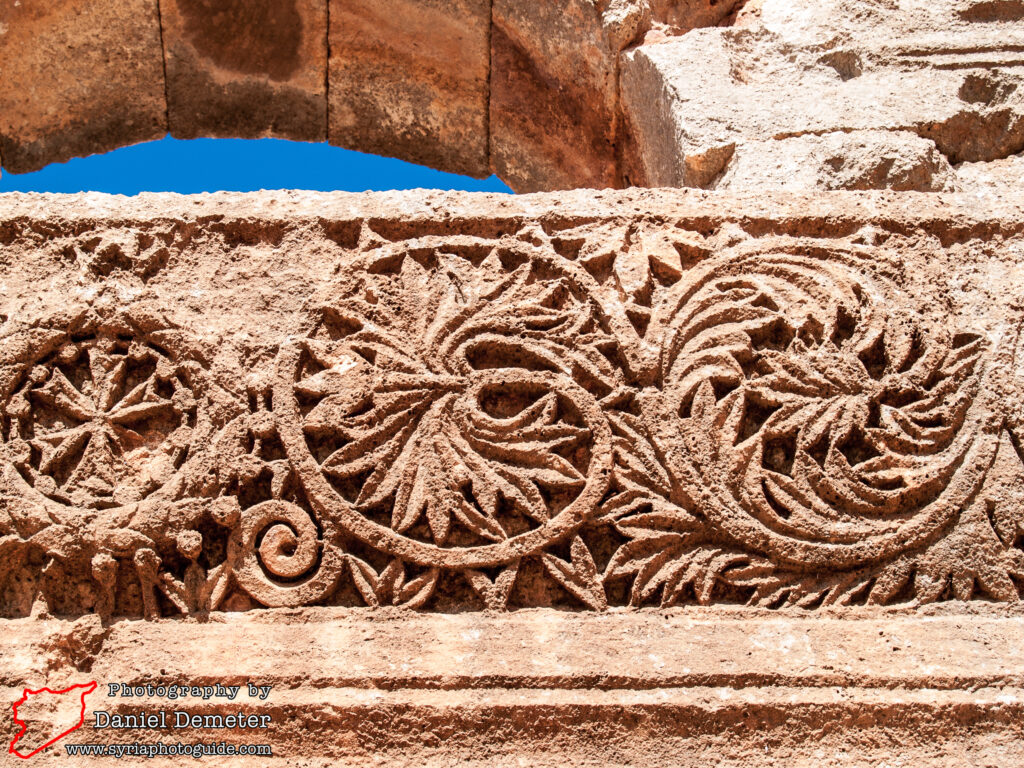

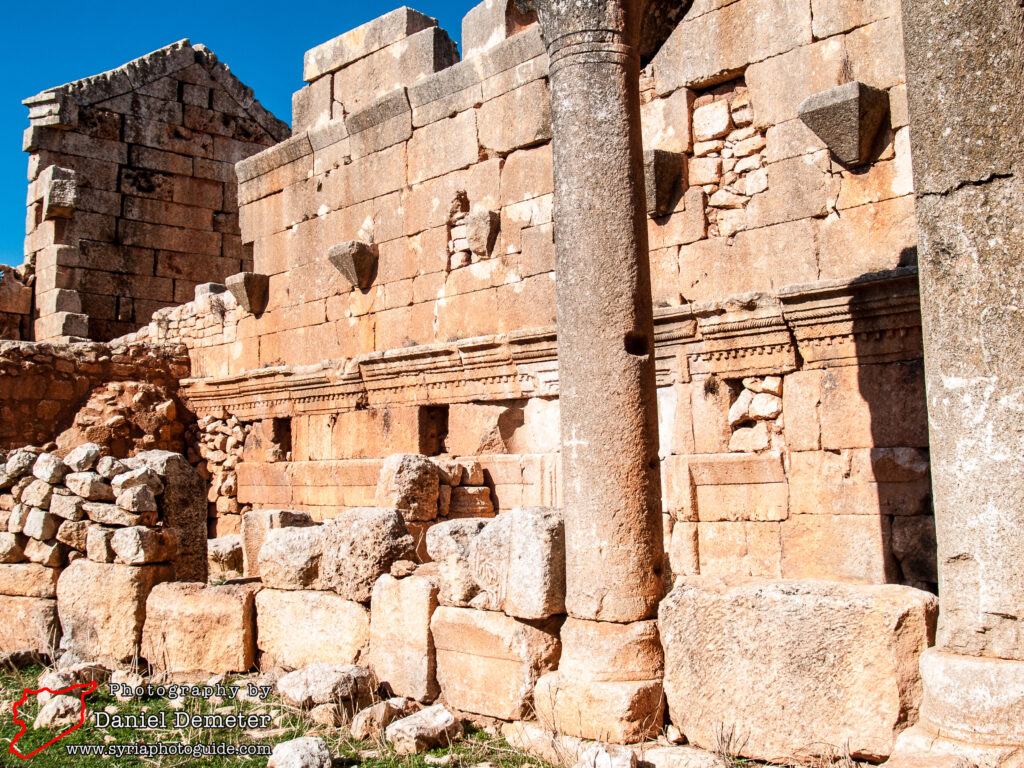
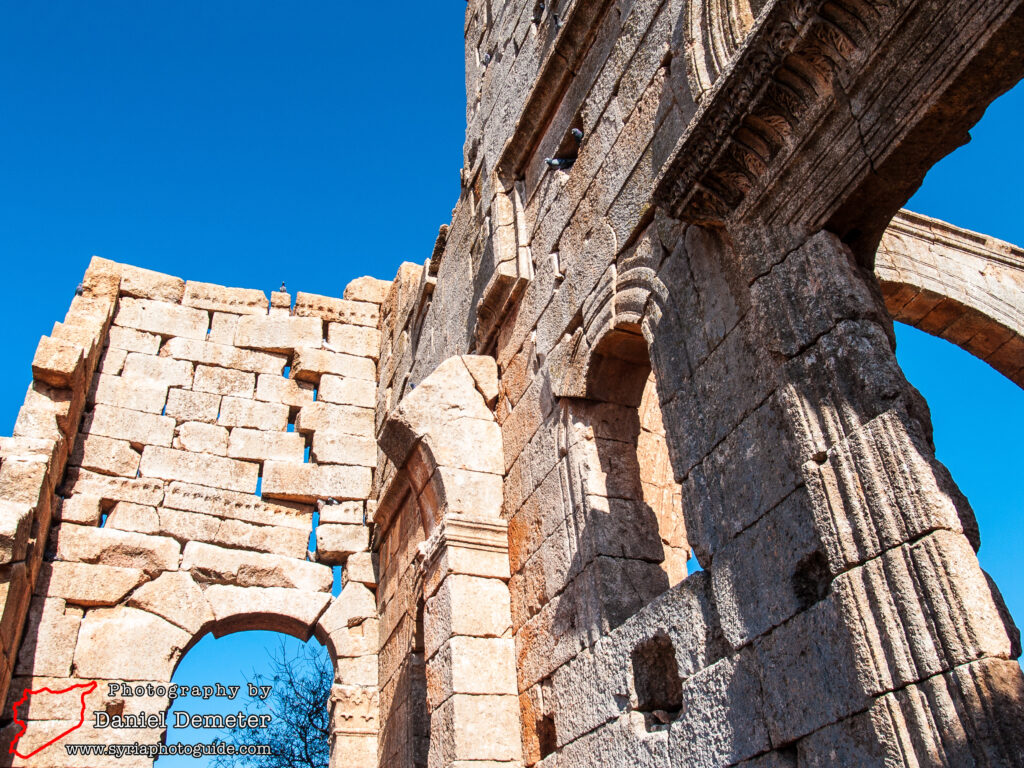


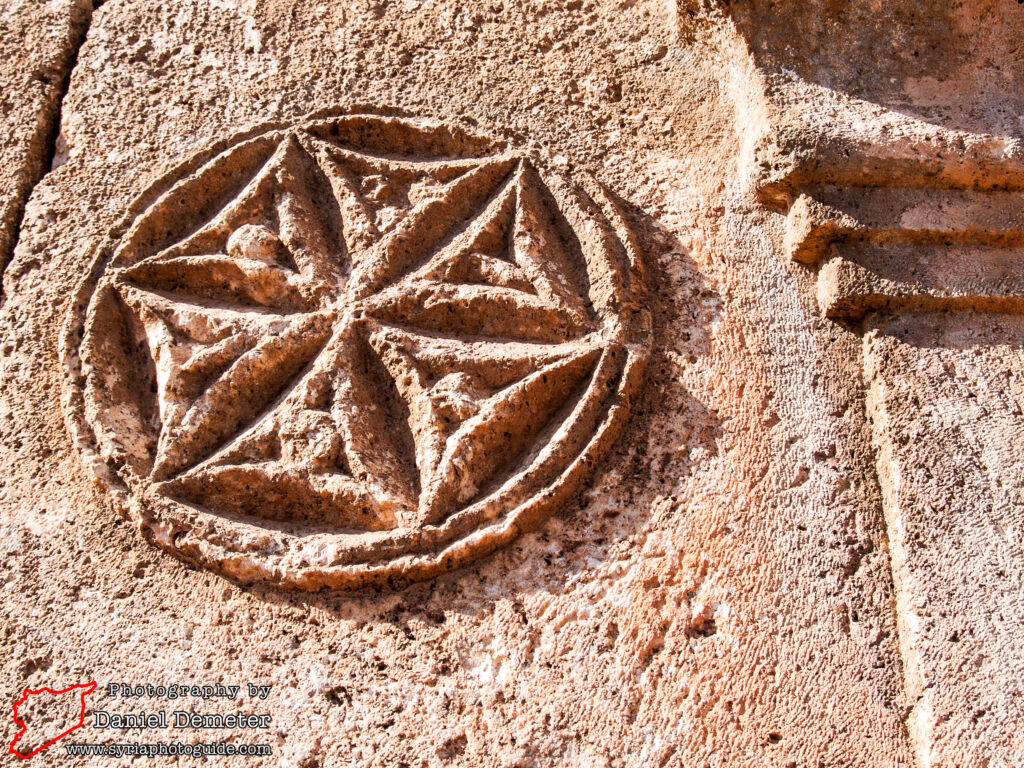
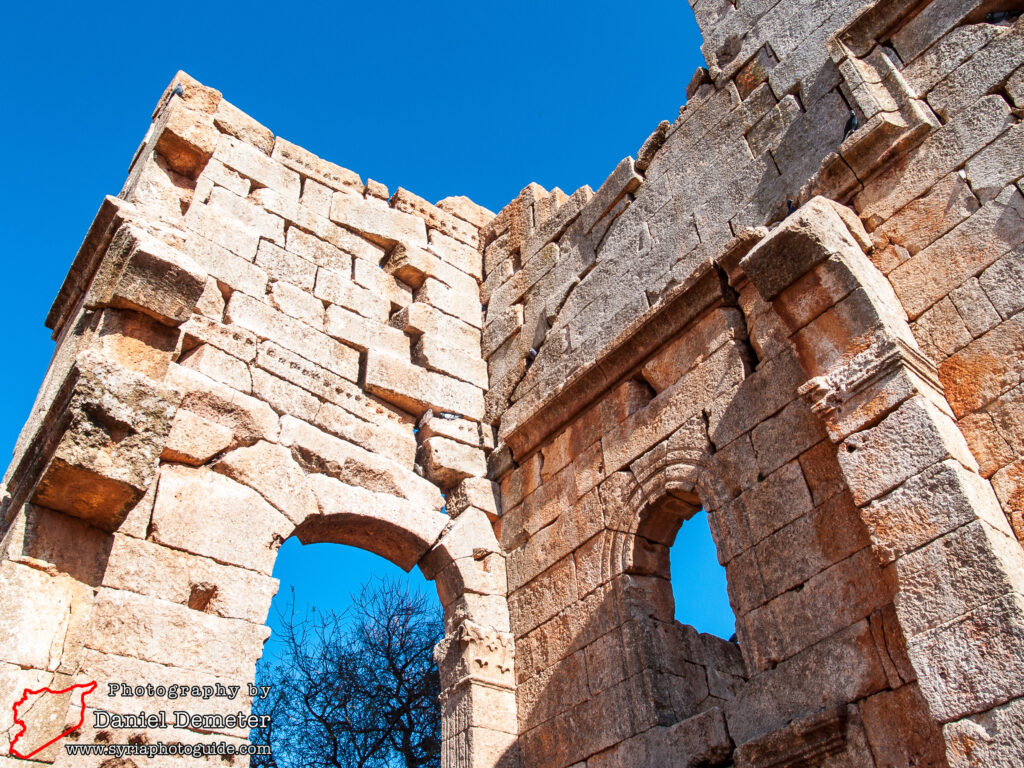
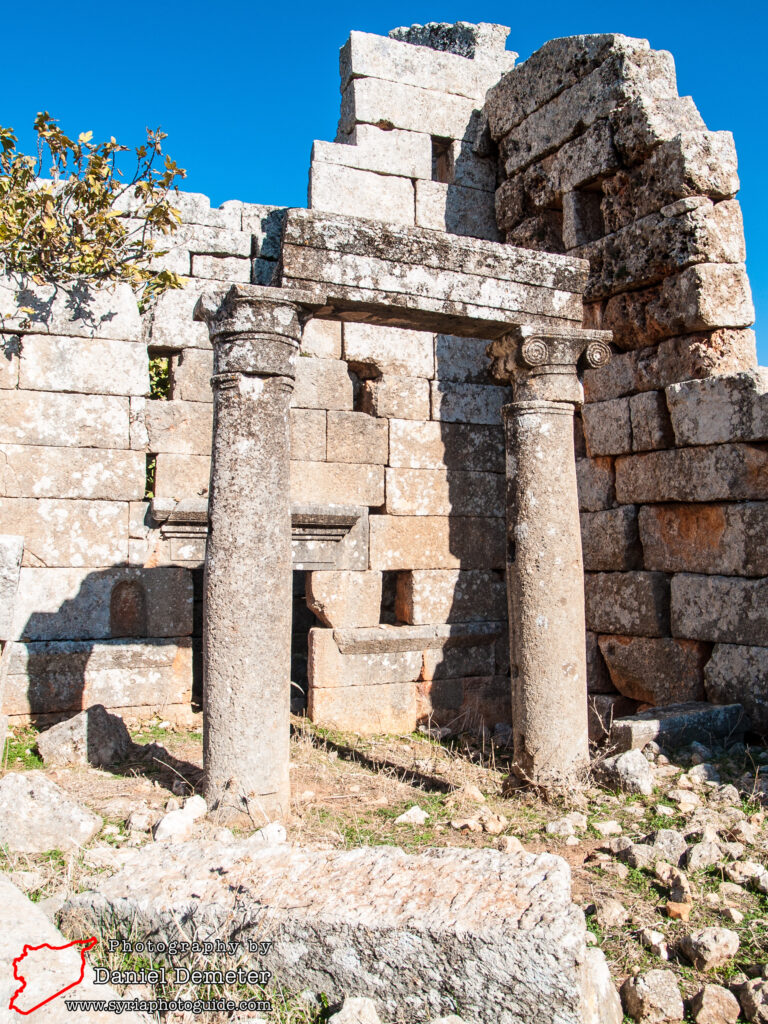
Getting There: Reaching Ruweiha (رويحة) does pose a challenge for those relying on public transportation as there are no regular microbuses to the area. The closest you can get is the road which runs to the site from Syria’s main north-south highway, which leaves about six kilometers to cover on foot. The road to the site is on the northern end of the village of Babila (بابيلا), about seven kilometers north of Maarat al-Naaman (معرة النعمان). Maarat al-Naaman (معرة النعمان) has frequent microbus connections with Aleppo (حلب) and occasional microbus connections with Idleb (إدلب) and Hama (حماة). If approaching Maarat al-Naaman (معرة النعمان) from the north, ask the driver to stop at the road to the site, just before Babila (بابيلا). After about three kilometers you will reach the nearby site of Jeradeh (جرادة). Ruweiha (رويحة) is an additional three kilometers further on.
Coordinates: 35°44’16.88″N / 36°41’41.57″E
Transliteration Variants: Ruwaiha, Ruwiha, Ruweha, Rweiha, Ruwayha
Rating: 6 / 10
